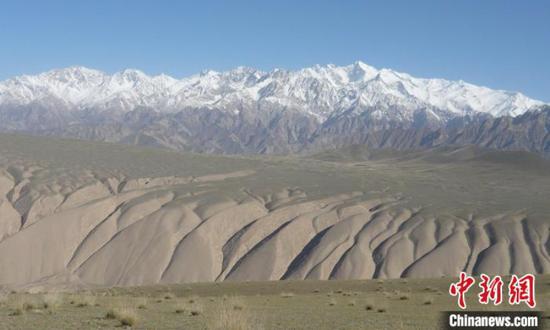
Scenery of the loess plateau in the western Kunlun Mountains of the Qinghai-Xizang Plateau. Institute of Tibetan Plateau Research, Chinese Academy of Sciences (Photo/China News Service)
A joint research study conducted by scientists from China, the UK, and Japan provides new evidence of the positive link between Asian dust fluxes and climate change during a geological period, according to the Institute of Tibetan Plateau Research (ITP), Chinese Academy of Sciences (CAS), on Thursday.
The analysis suggests that the concentration of divalent iron in Asian dust plays a crucial role in the growth of phytoplankton in the Pacific region. The study also proposes that the erosion process of the Tibetan Plateau glaciers may be a key factor in the chemical transformation of iron in Asian dust.
According to a research paper published in The Proceedings of the National Academy of Sciences (PNAS) on Tuesday, increasing Asian dust fluxes, associated with late Cenozoic cooling and intensified glaciations, are conventionally believed to contribute to the fertilization of phytoplankton productivity in the North Pacific. This, in turn, aids in the storage of carbon in the ocean and the reduction of atmospheric CO2 levels. However, during the early Pleistocene glaciations, productivity remained low despite higher Asian dust fluxes, only exhibiting increases during glacial stages after the mid-Pleistocene climate transition (~800 thousand years before present).
To resolve this paradox, the research team analyzed an Asian dust sequence from the Tarim Basin, spanning the past 3.6 million years. They identified a significant shift in the iron composition of the dust at around 800 thousand years before present, which corresponded with the expansion of Tibetan glaciers and increased production of freshly ground rock minerals. The paper highlights that this compositional change in Asian dust was simultaneously recorded in the downwind, deep-sea sediments of the central North Pacific.
The transition from desert dust, containing stable and highly oxidized iron, to glacial dust, which is richer in reactive reduced iron, coincided with increased populations of silica-producing phytoplankton in the equatorial North Pacific and enhanced primary productivity in more northerly regions like the South China Sea. The paper calculates that the flux of potentially bioavailable Fe2+ to the North Pacific more than doubled after the switch to glacially-sourced dust.
These findings indicate a positive feedback loop between Tibetan glaciations, the glaciogenic production of dust with enhanced iron bioavailability, and changes in iron fertilization in the North Pacific. Notably, this strengthened link between climate and eolian dust coincided with the mid-Pleistocene transition, characterized by increased carbon storage in the glacial North Pacific and more intense glaciations in the northern hemisphere, as concluded in the paper.
The study began in 2007 after the research team discovered the thickest and highest sedimentation rate of loess paleodust accumulation in inland Asia on the southern edge of the Tarim Basin and the northern slope of the West Kunlun Mountains. The deposition thickness measures 671 meters, and the starting age is approximately 3.6 million years. Both satellite observations and geochemical tracking of material sources have confirmed that Tarim dust serves as the primary source of nutrients, including iron, in North Pacific marine sediments, according to a statement sent by CAS to the Global Times.
The research team conducted additional calculations and determined that after the mid-Pleistocene climate transition period, the total iron content and flux of ferrous iron transported from the inland arid regions of Asia to the North Pacific increased by approximately 70 percent and 120 percent, respectively. These changes significantly promoted the biological growth of the North Pacific. The abundance of these substances may alter the population structure of phytoplankton, leading to the consumption of a significant amount of atmospheric carbon dioxide and ultimately contributing to further global climate cooling, said the statement.









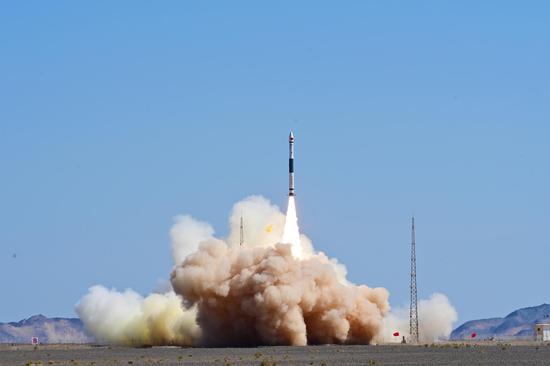


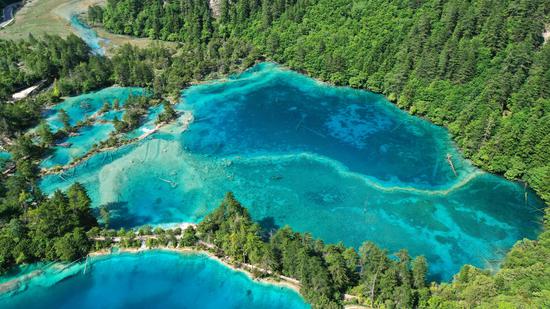
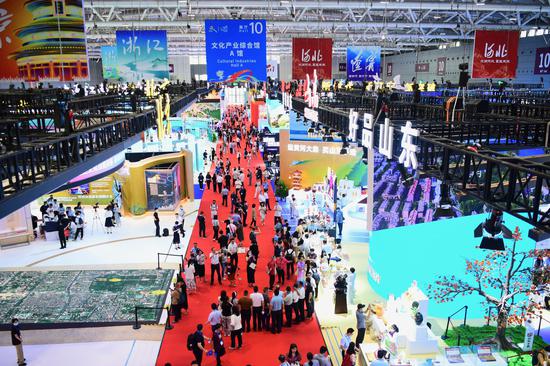
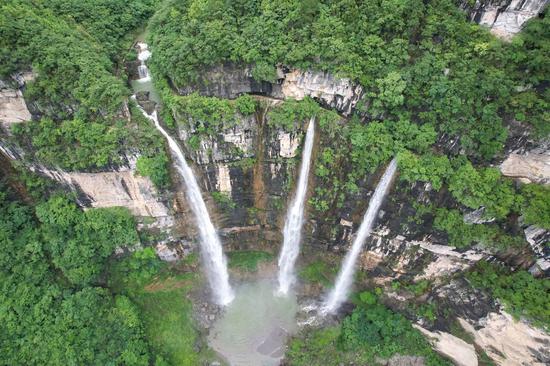


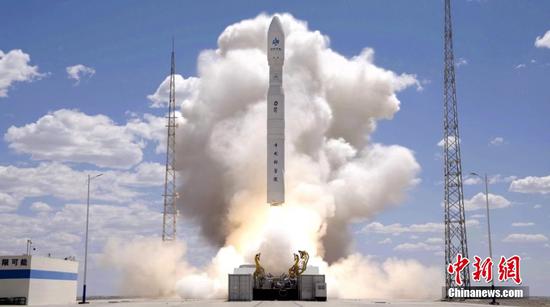





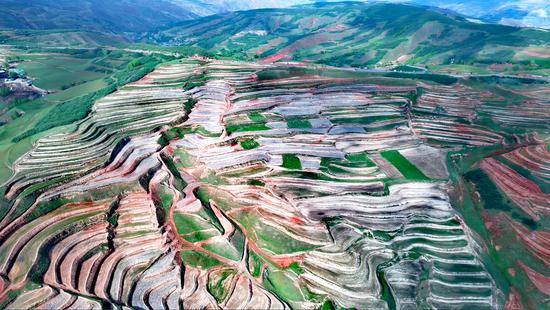


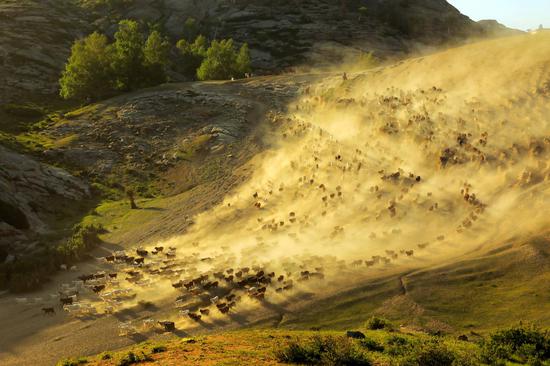
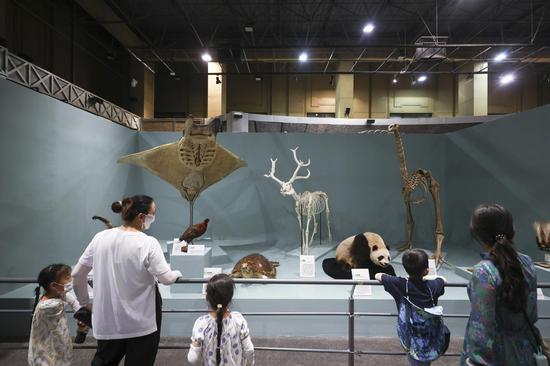





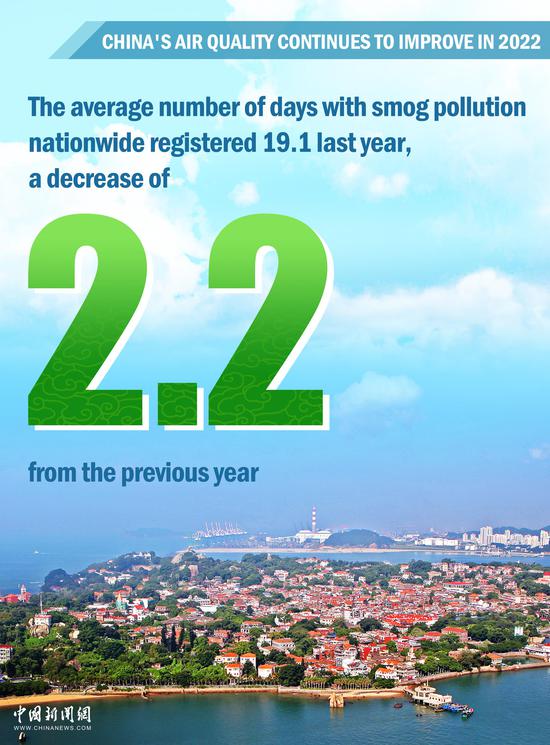

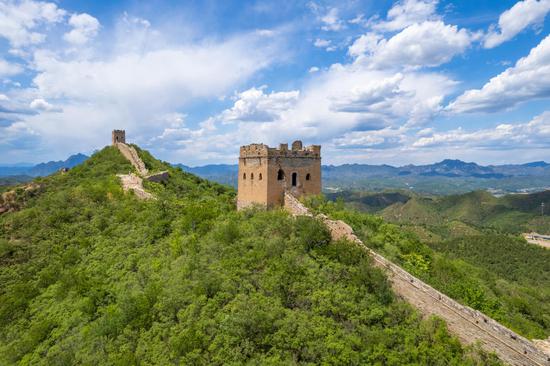


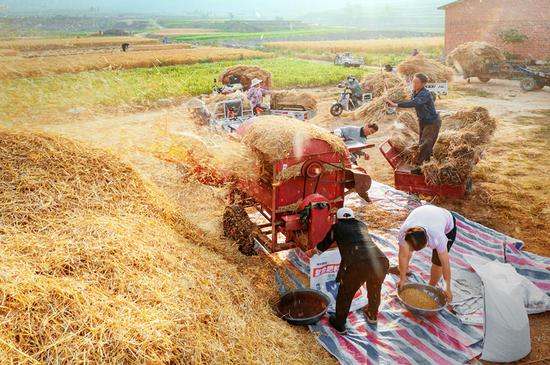
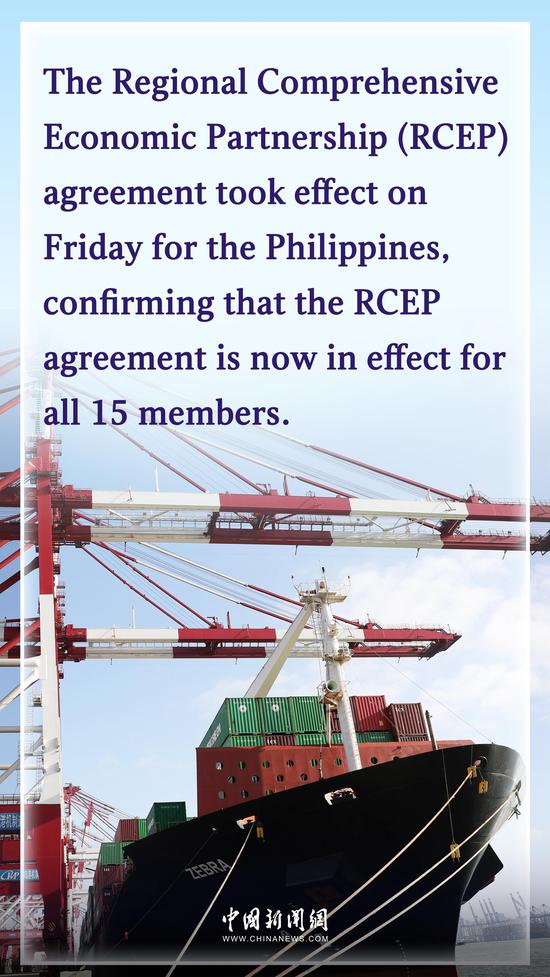



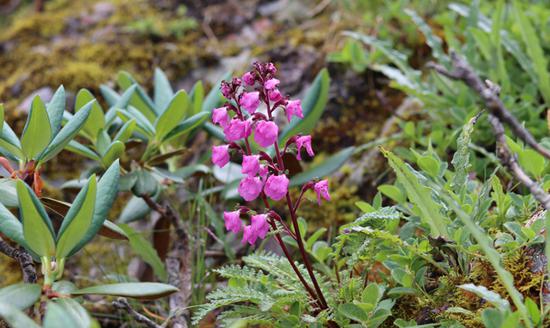






 京公网安备 11010202009201号
京公网安备 11010202009201号